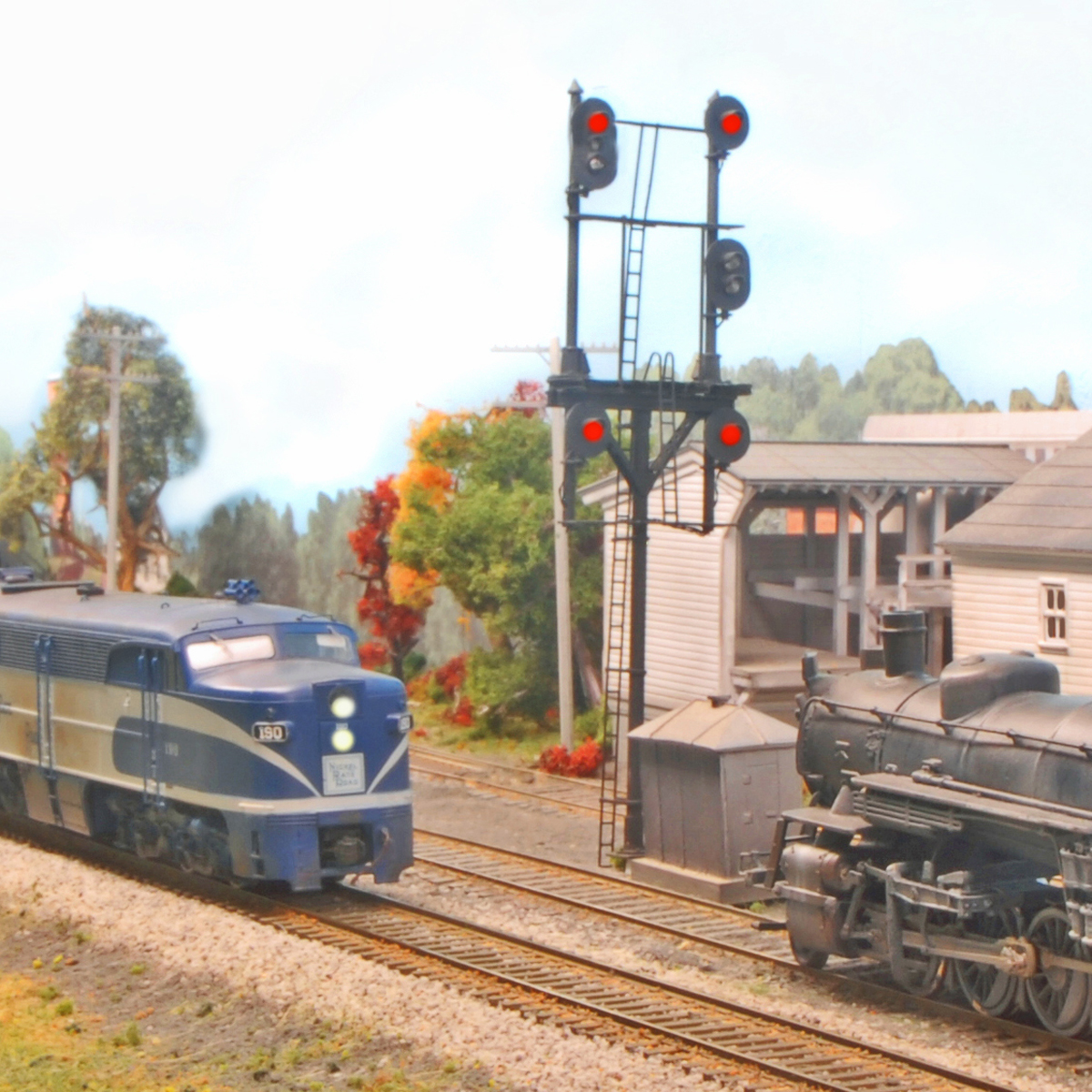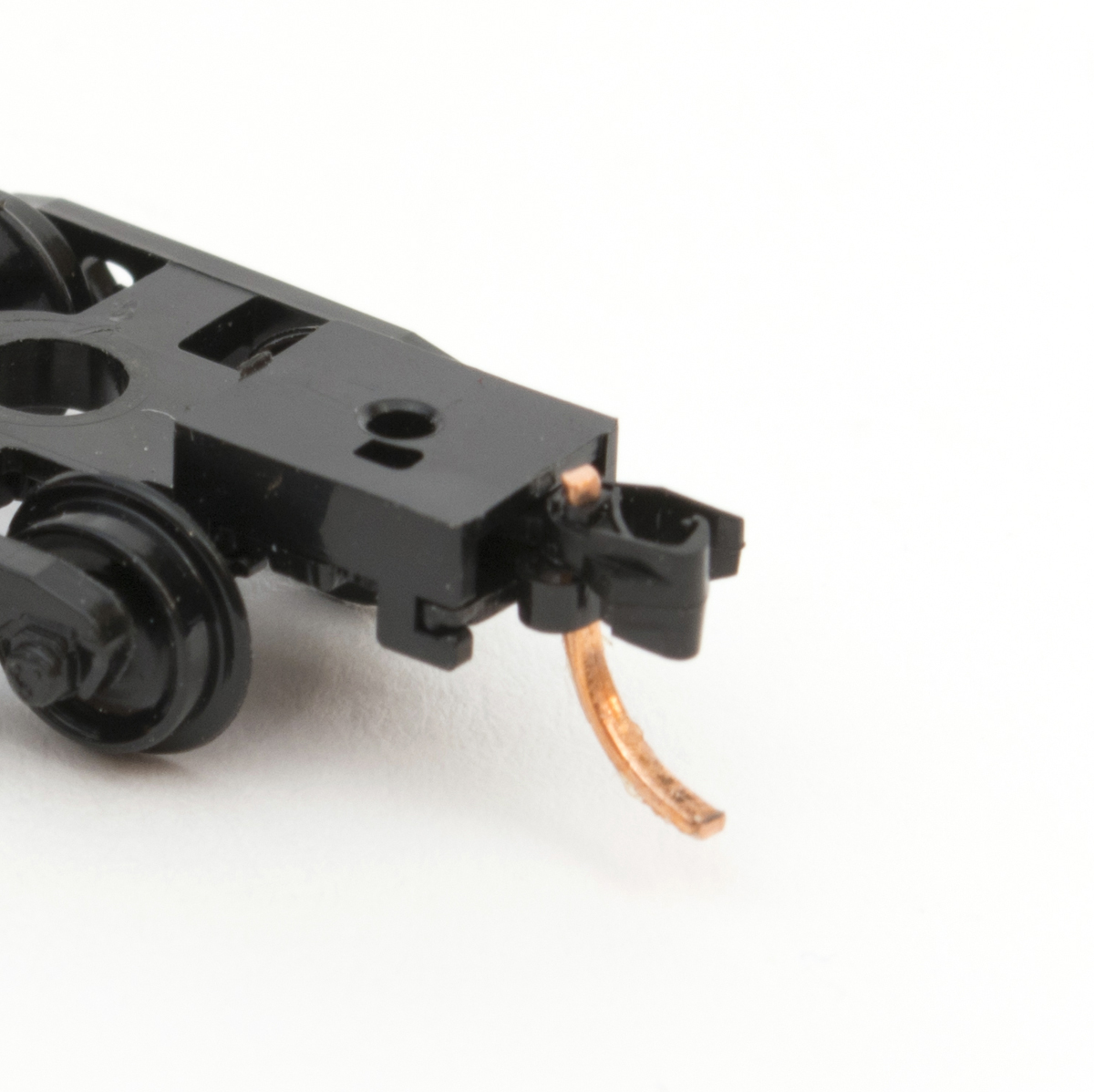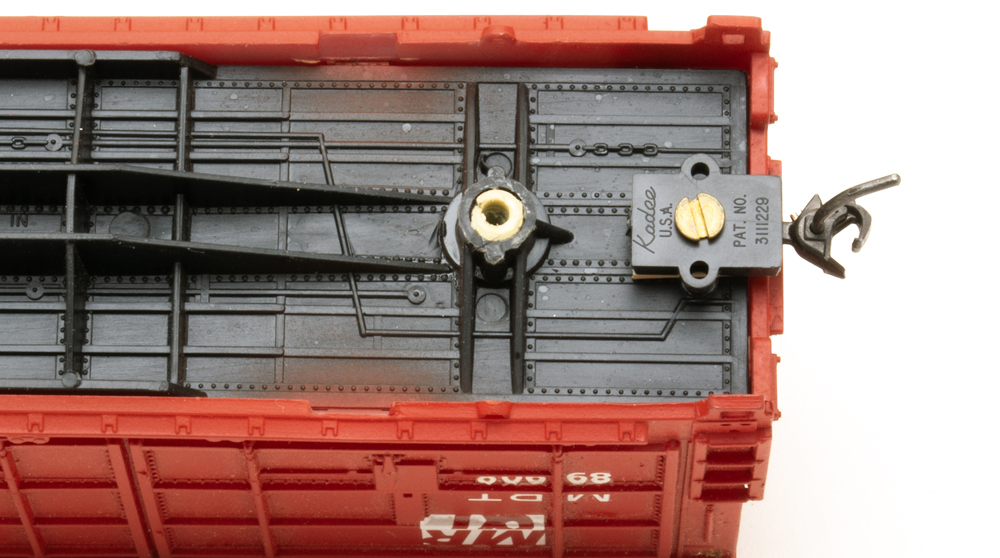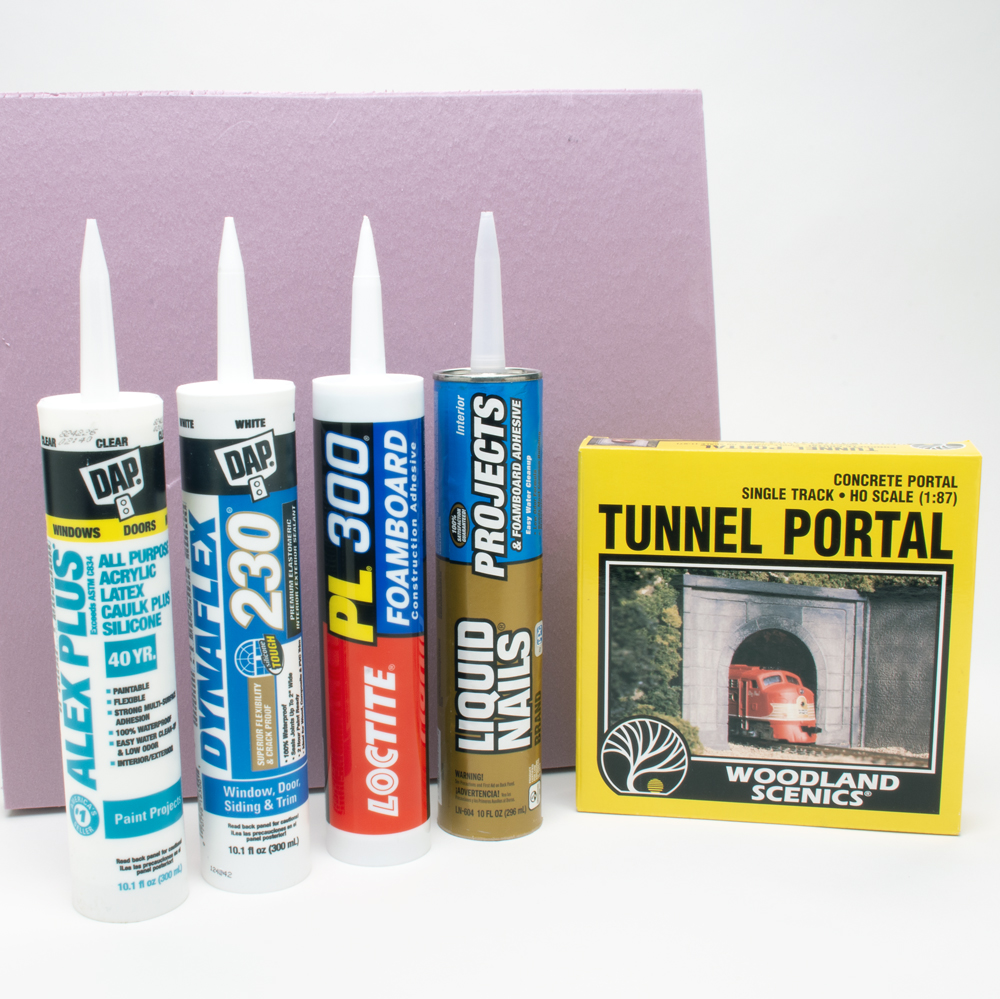What is the difference between HOn3 and HO scale?
Track? Rolling stock and equipment size? What size buildings are used for each? All the interesting steam engines seem to be HOn3. Can they be used interchangeably with HO on a layout? – Jon LaVasseur, Minneapolis, Minn.
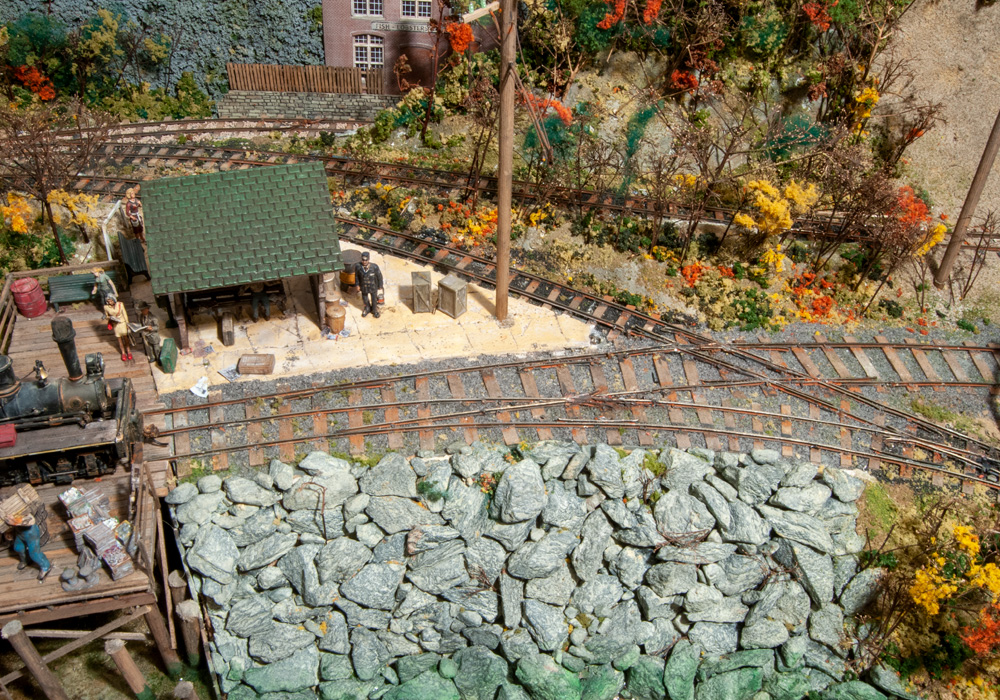
A: The answer to your question lies in the difference between scale and gauge. Both HO and HOn3 are HO scale; that is, all models are 1/87.1 of the actual size of the prototype. The “n3” denotes not a difference in scale, but in the distance between the railheads. The letter “n” stands for “narrow gauge,” and the “3” means the railheads are 3 scale feet apart.
Narrow-gauge railroads were popular around the turn of the 20th century, when it was commonly believed that the cost of purchasing the right-of-way, building and maintaining the track, and other operating expenses were proportional to the gauge of the track.
That proved to be not exactly true, and narrow-gauge railroads also encountered other problems, such as the difficulty of freight interchange with standard-gauge roads. But narrow-gauge equipment had some advantages, such as its ability to handle tighter curves, which suited it to rugged terrain. Many mining and logging railroads were therefore built as narrow gauge and continue to be popular modeling subjects.
Maine is well known for being home to numerous 2-foot-gauge railroads. Some of the most famous steam-era Rocky Mountain railroads – such as the Colorado & Southern, Durango & Silverton, Denver & Rio Grande Western, and Rio Grande Southern – ran on 3-foot gauge. Although these are the most famous examples, the narrow-gauge experiment was tried elsewhere, too; the Ohio-based railroad I model, the Cincinnati, Lebanon & Northern, started out as a 3-foot line (though my layout models its standard-gauge days). Most prototype narrow-gauge railroads were either abandoned or converted to standard gauge before World War II.
Since HOn3 and HO scale are both built to 1:87 proportion, layout items like structures, vehicles, figures, and scenery are the same for both. The difference is in the track and the rolling stock. HOn3 track has rails that are closer together, is often made of lighter rail (such as code 40, code 55, or code 70), and often has smaller, wider-spaced ties than standard gauge track. Narrow gauge layouts are sometimes more compact than their standard gauge counterparts, too, as the equipment can often handle sharper curves.
While some HOn3 track products are commercially available, many narrow-gauge modelers hand-lay their track and turnouts. Other modelers work in what’s called both HOn2-1/2 and HOn30, representing a 30″ gauge. Though this gauge was rare on the prototype, it’s popular among modelers because this gauge is easily modeled with pre-existing N scale track, wheelsets, locomotive drive units, and the like.
The locomotives and cars are often smaller, too, to reflect the prototype’s lighter equipment, but it’s important to remember that they are still the same proportion as standard-gauge HO gauge rolling stock. So things like locomotive cabs, freight car doors, and passenger car platforms still have to accommodate HO scale people.
Since narrow-gauge rolling stock has wheels that are more closely spaced than standard gauge, it won’t run on standard-gauge rails. But some modelers use what’s called “dual-gauge” track, with another rail placed inside the standard gauge rails to accommodate both narrow and standard-gauge equipment. This practice was not uncommon on the prototype, as well.
Other scales also have their narrow gauge variants. Like HOn3, their gauge is often based on the convenience of using track and mechanisms from other scales. HO scale track is just over 30” apart in O scale, which gives us On30 – a very popular narrow-gauge combination. Nn3 uses N scale (1:160 proportion) equipment on Z scale (1:220) track. S scalers, already accustomed to scratchbuilding rolling stock and hand-laying track, sometimes do so to model Sn3, but Sn3-1/2 (1:64 models on HO gauge rails) is sometimes done.
To learn more about HOn3 modeling from modelers who have been there, join the HOn3 Narrow Gauge Modelers group on Facebook.
Send us your questions
Have a question about modeling, operation, or prototype railroads? Send it to us at AskTrains@Trains.com. Be sure to put “Ask MR” in the subject.






